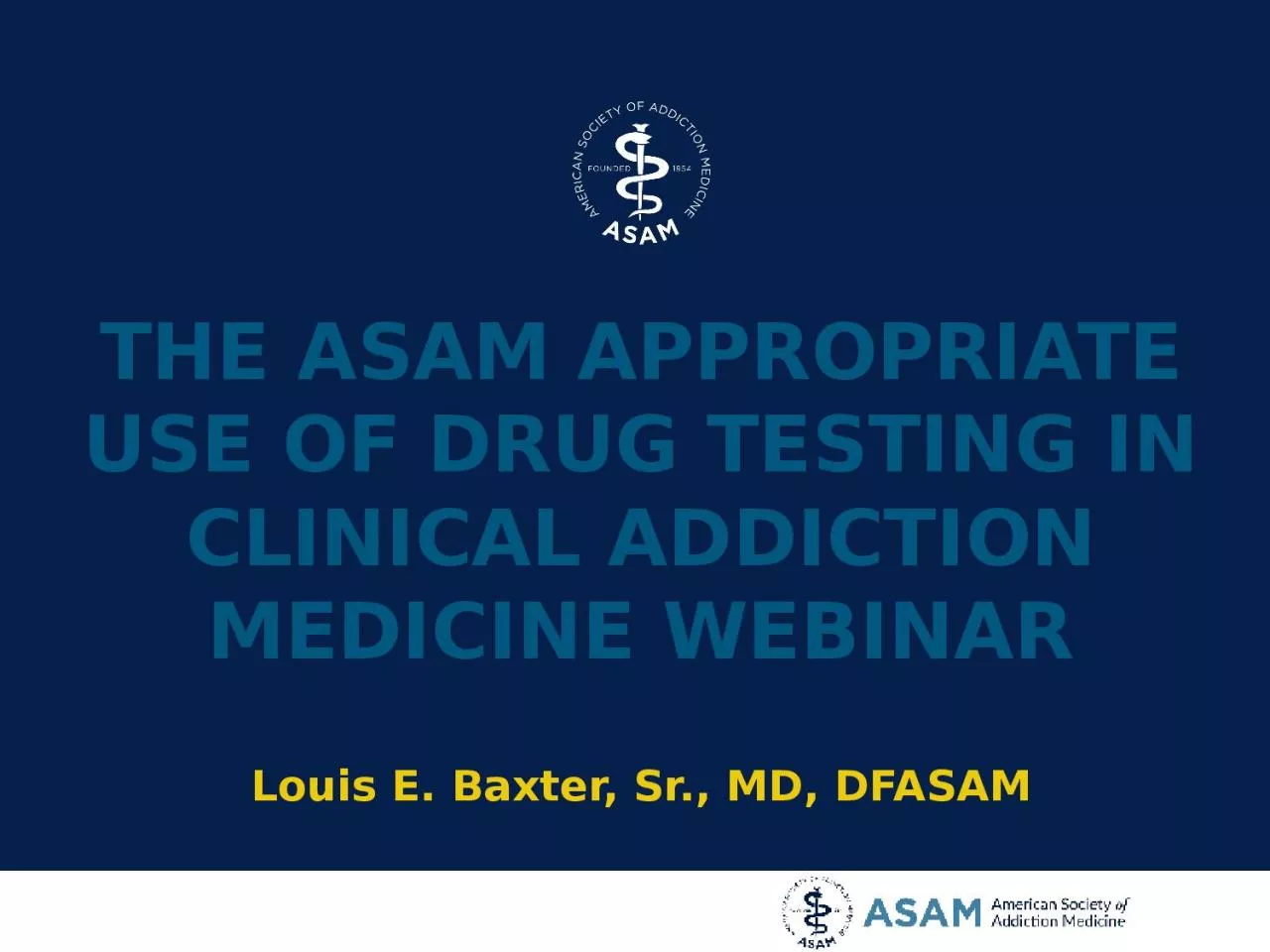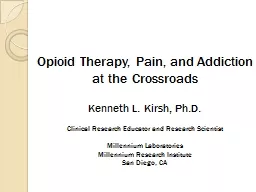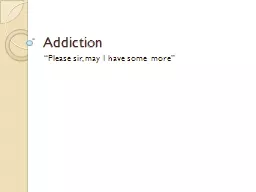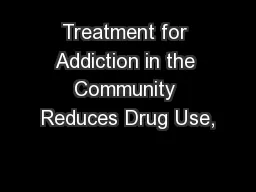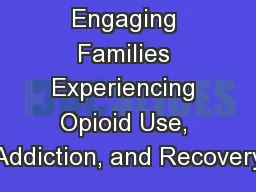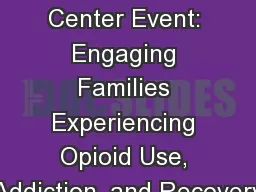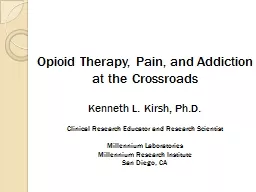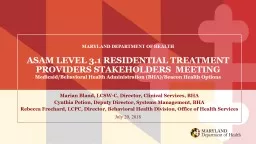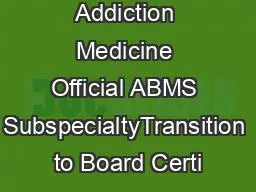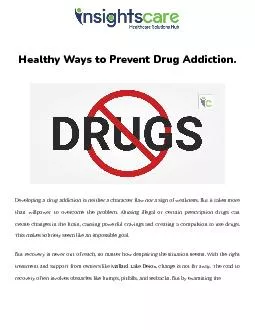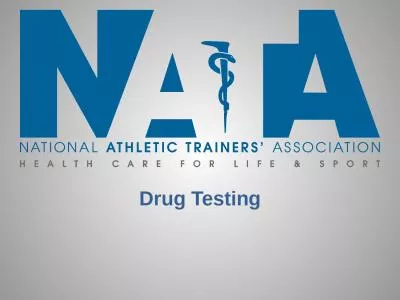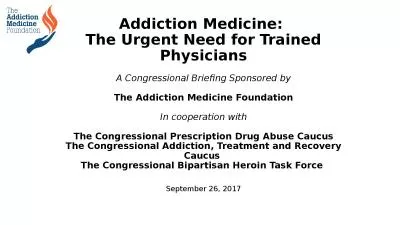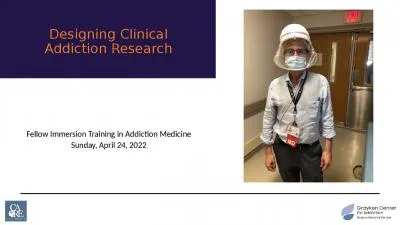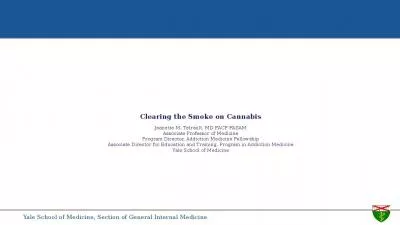PPT-THE ASAM Appropriate Use of Drug Testing in Clinical Addiction Medicine WEBINAR
Author : bency | Published Date : 2023-11-22
Louis E Baxter Sr MD DFASAM The ASAM Appropriate Use of Drug Testing in Clinical Addiction Medicine Webinar July 19 2017 Louis E Baxter Sr MD DFASAM No disclosures
Presentation Embed Code
Download Presentation
Download Presentation The PPT/PDF document "THE ASAM Appropriate Use of Drug Testing..." is the property of its rightful owner. Permission is granted to download and print the materials on this website for personal, non-commercial use only, and to display it on your personal computer provided you do not modify the materials and that you retain all copyright notices contained in the materials. By downloading content from our website, you accept the terms of this agreement.
THE ASAM Appropriate Use of Drug Testing in Clinical Addiction Medicine WEBINAR: Transcript
Download Rules Of Document
"THE ASAM Appropriate Use of Drug Testing in Clinical Addiction Medicine WEBINAR"The content belongs to its owner. You may download and print it for personal use, without modification, and keep all copyright notices. By downloading, you agree to these terms.
Related Documents

